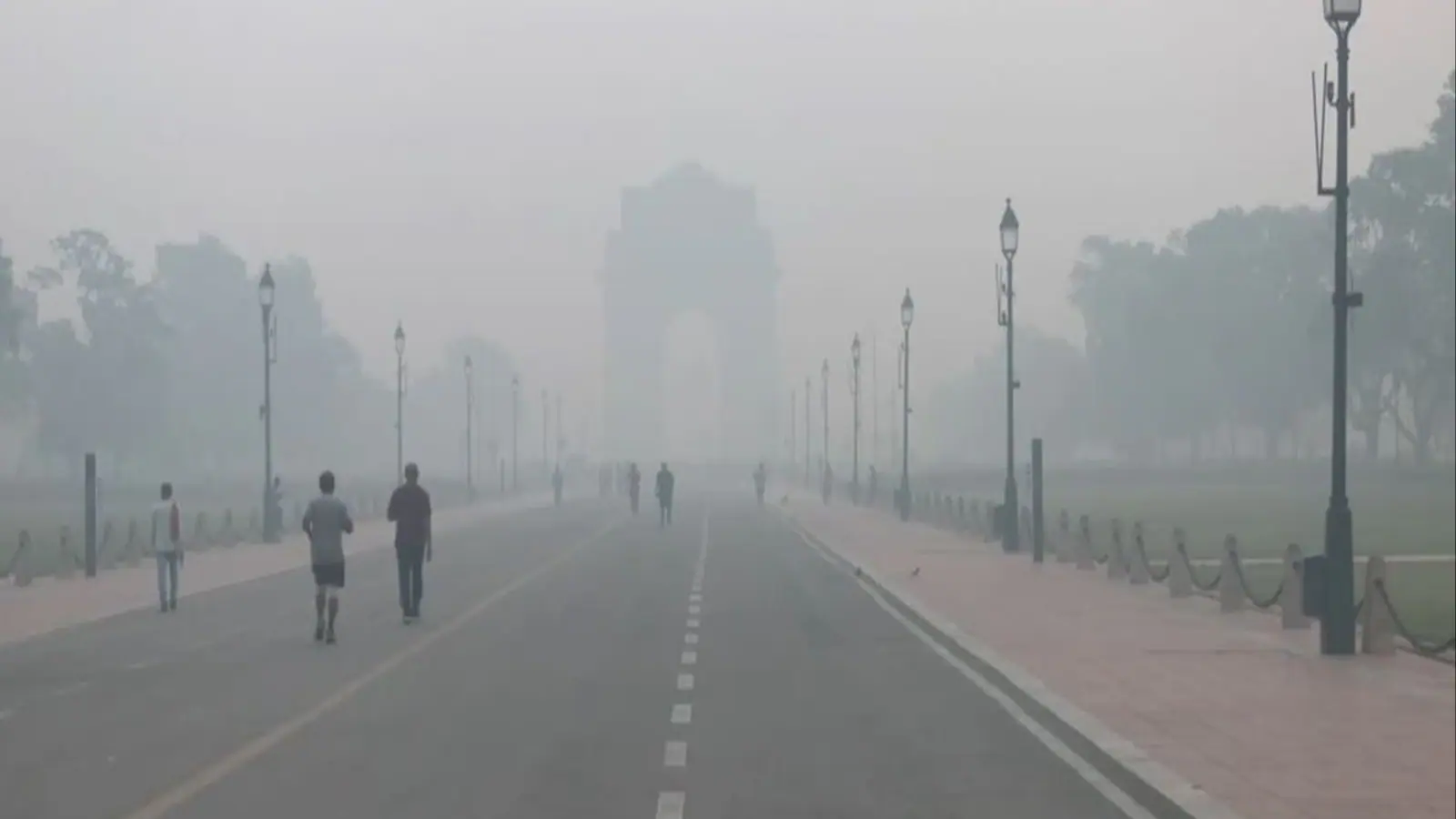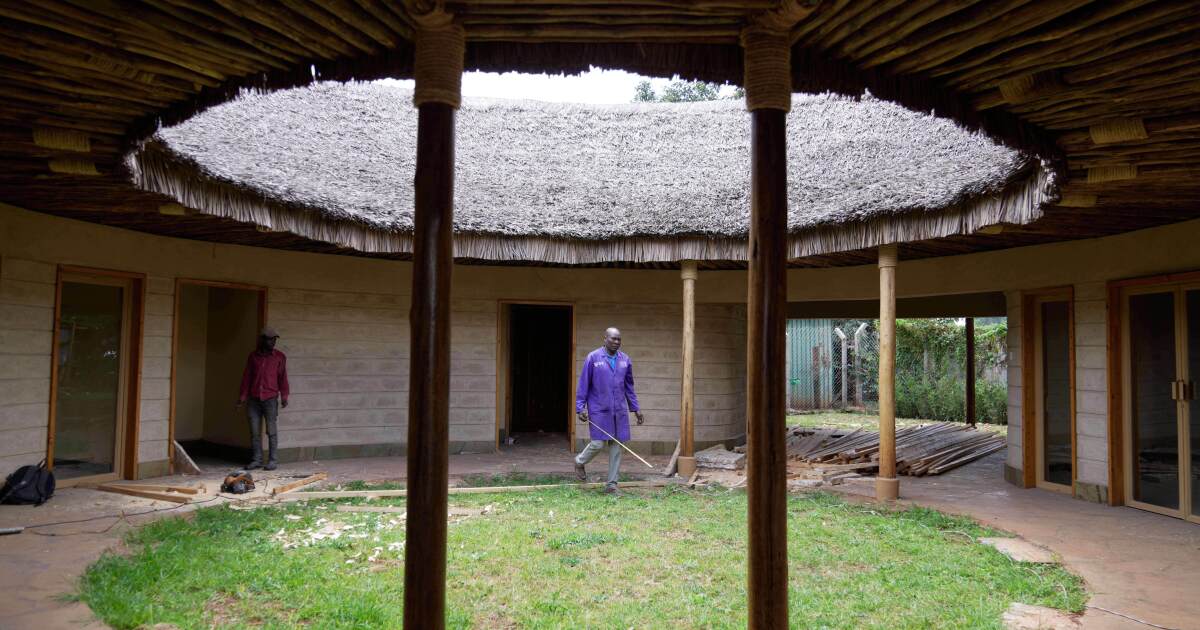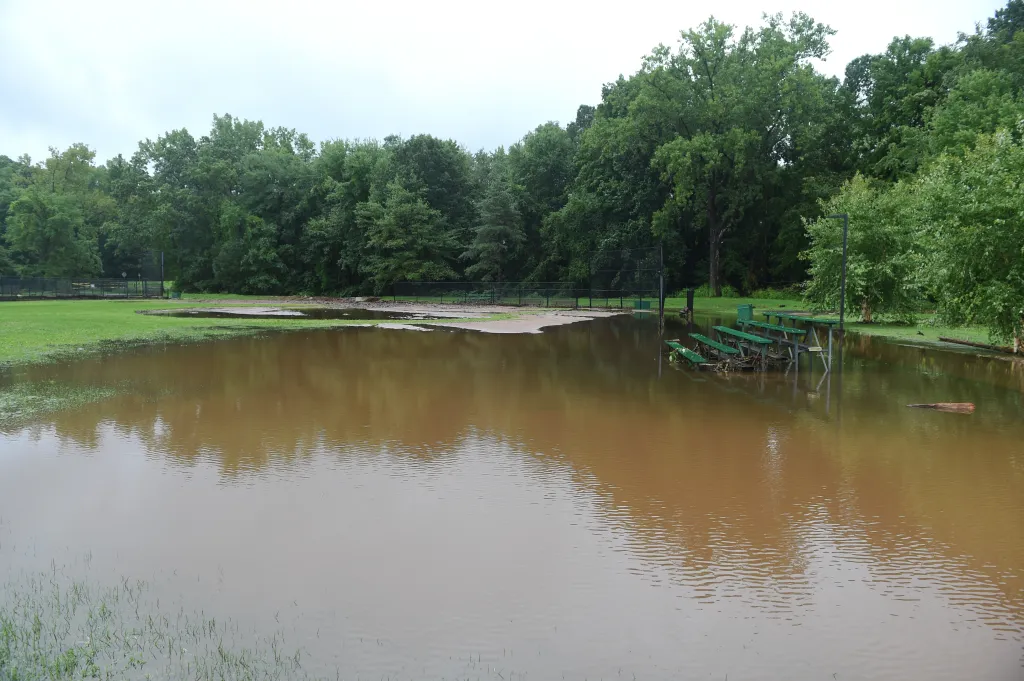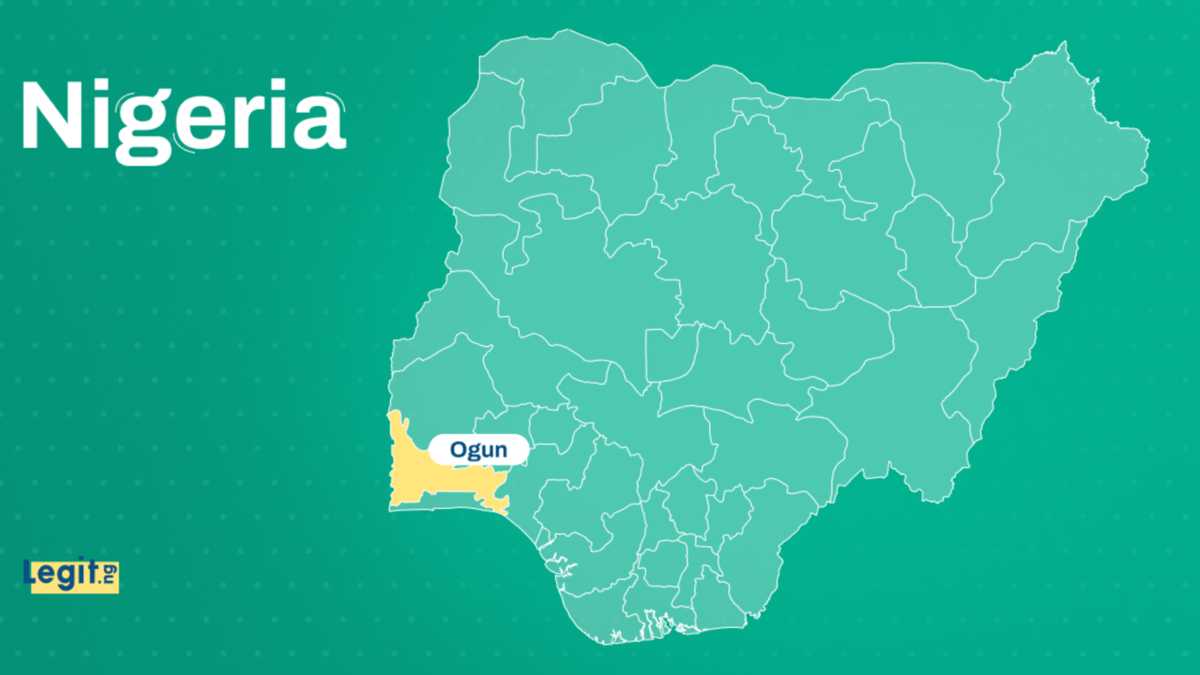Copyright news18

Residents of the national capital on Tuesday woke up to a think blanket of smog after a night of fireworks on Diwali. Delhiites complained about breathing difficulties and irritation in eyes as the the air quality deteriorated to the ‘very poor’ category, with most of the monitoring stations marked in the ‘Red Zone’ of pollution. According to the Central Pollution Control Board (CPCB), the overall Air Quality Index (AQI) in Delhi was recorded at 359 as of 10 am today. In many areas the air quality slipped to “severe” category as Delhiites ignored partial restrictions and burst firecrackers to mark Diwali, placing public health at risk. As per the CPCB, Bawana recorded AQI of 432 as of 10 am, followed by Jahangirpuri with 405 AQI, Ashok Vihar with 408 AQI and Wazirpur with an AQI 408. An AQI between 0-50 is considered good, 51-100 is satisfactory, 101-200 is moderate, 201-300 is poor, 301-400 is very poor and 401-500 is severe. As Delhi’s AQI hits dangerous levels, experts warn that vulnerable groups, such as children, the elderly, and people with breathing problems face, a very high risk of health issues, including severe breathing trouble and heart problems. Here Are Some Precautions To Take Amid Air Pollution: Residents and commuters are urged to limit outdoor activities, especially for children and older adults. Use air purifiers and protective masks when going outside to reduce exposure to polluted air. People can hang succulent pants inside their houses which can help to purify the air for proper oxygen circulation and reduce indoor pollutants. Drinking hot water frequently can help soothe the respiratory system. Fine particulate matter, particularly PM2.5, poses serious health risks to everyone. Avoid getting exposed to that. People are encouraged to use public transport whenever possible and keep windows closed during morning and evening hours, when smog is dense. Anticipating a rise in seasonal pollution, the Commission for Air Quality Management (CAQM) had earlier enforced Stage II of the Graded Response Action Plan (GRAP) to curb pollution through preventive and control measures. Further, the India Meteorological Department (IMD) has said that city’s weather is unlikely to improve soon. With weak winds and temperature inversions trapping pollutants near the ground, smog continues to hang over the city. The aftermath of Diwali 2025 has once again highlighted Delhi’s recurring winter pollution crisis — the struggle to balance festive celebrations with the need to protect public health and the environment. Despite Supreme Court regulations, green cracker allowances, and government control measures, Delhi’s air quality has plunged to dangerous levels, leaving residents to cope with thick smog and increased health risks.



